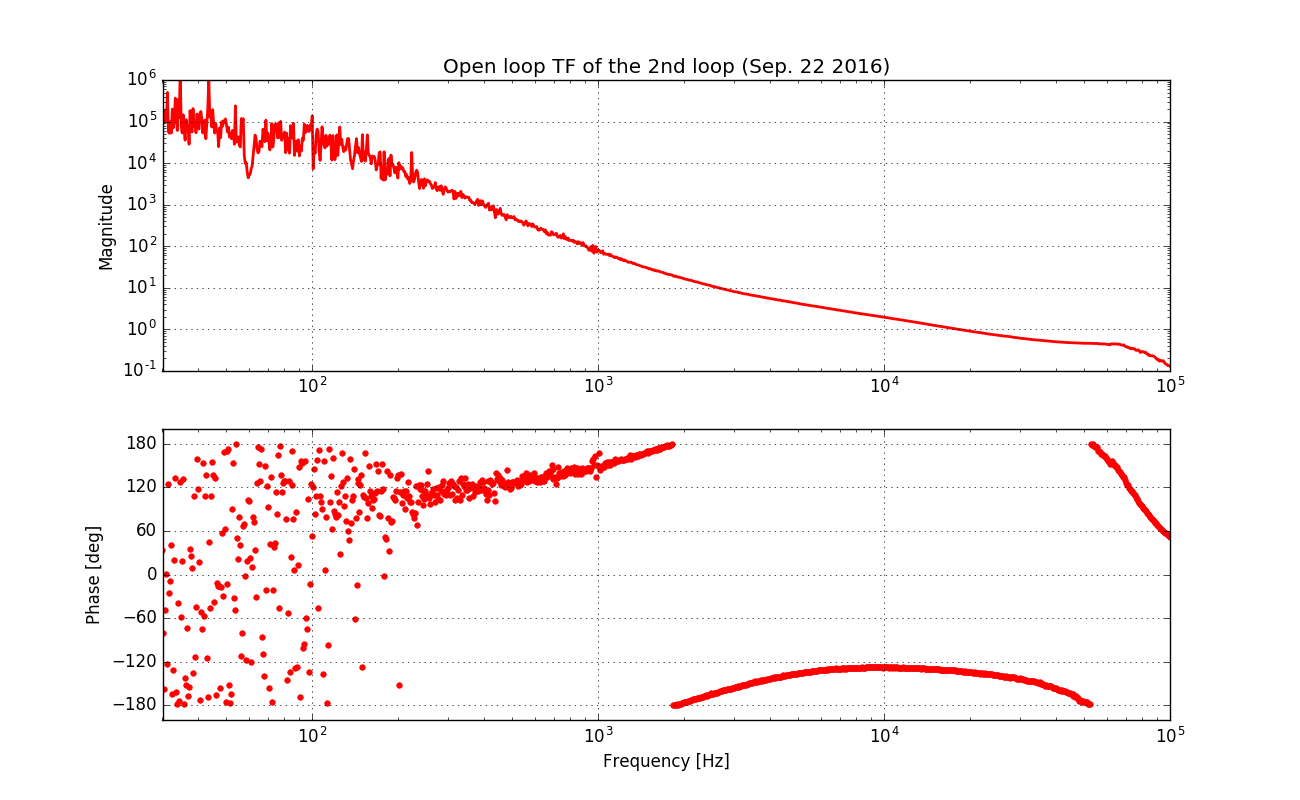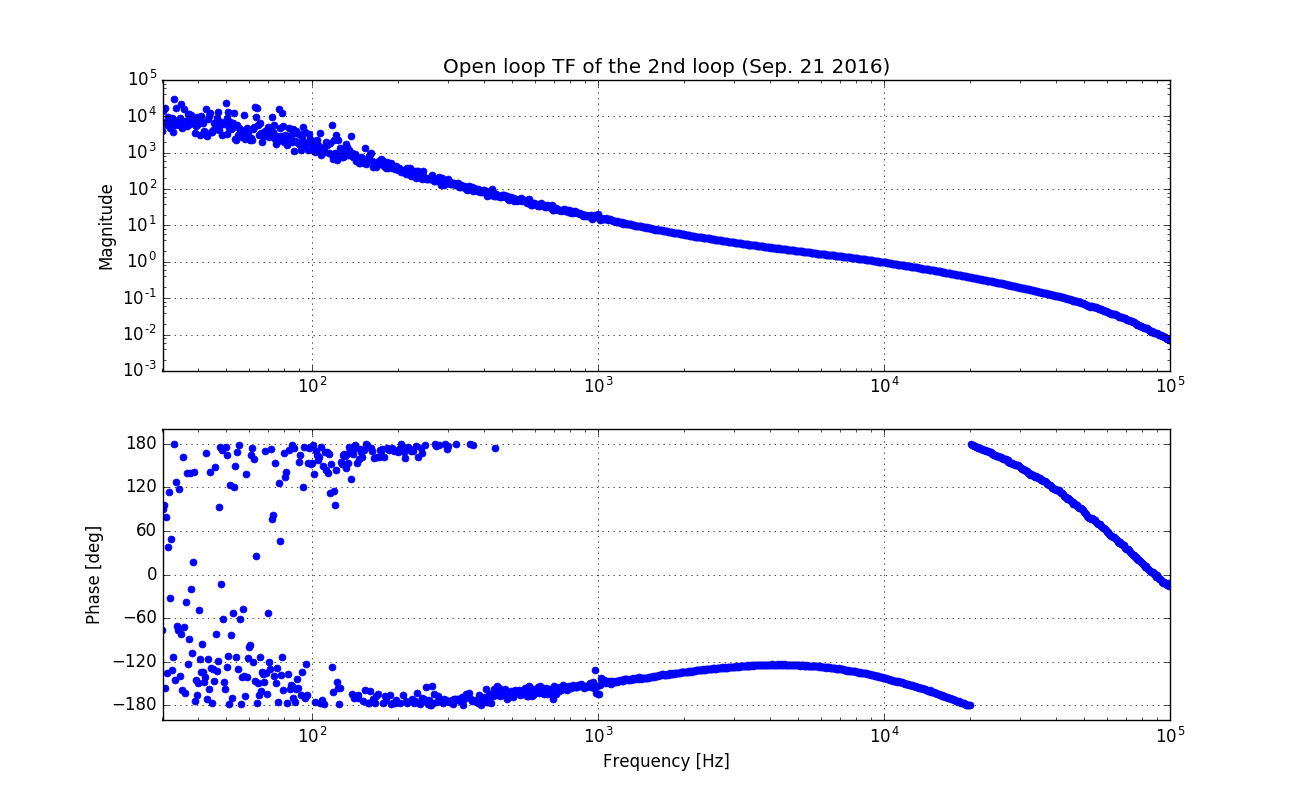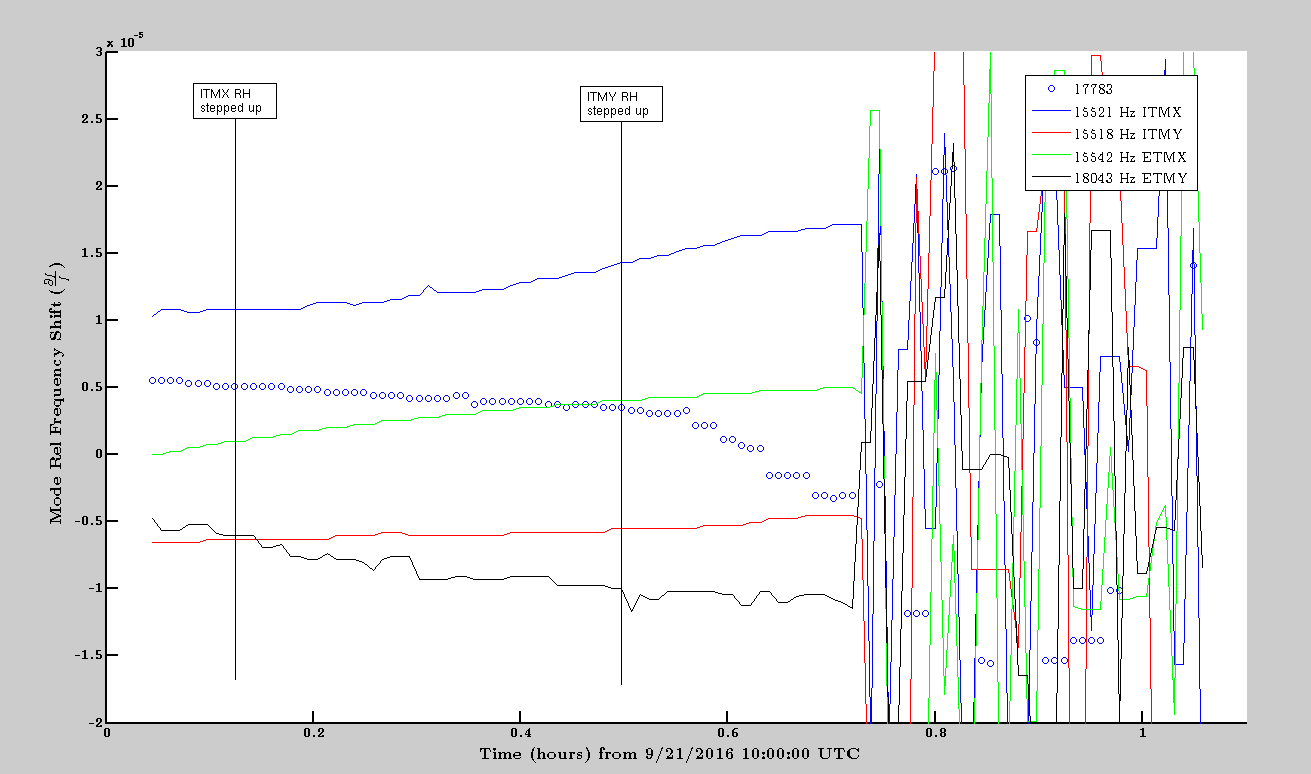model restarts logged for Wed 21/Sep/2016
2016_09_21 10:24 h1fw1
2016_09_21 10:47 h1calcs
2016_09_21 18:18 h1nds0
2016_09_21 20:36 h1fw0
2016_09_21 21:24 h1fw0
return of fw1 after cloning work was abandoned. Jeff and Darkhan's calcs C code change (no daq restart). Unexpected restart of h1nds0, continuing fw0 instability.
model restarts logged for Tue 20/Sep/2016
2016_09_20 13:37 h1psliss
2016_09_20 13:43 h1broadcast0
2016_09_20 13:43 h1dc0
2016_09_20 13:43 h1fw0
2016_09_20 13:43 h1fw2
2016_09_20 13:43 h1nds0
2016_09_20 13:43 h1nds1
2016_09_20 13:43 h1tw0
2016_09_20 13:43 h1tw1
2016_09_20 13:53 h1susprocpi
2016_09_20 13:55 h1broadcast0
2016_09_20 13:55 h1dc0
2016_09_20 13:55 h1fw0
2016_09_20 13:55 h1fw2
2016_09_20 13:55 h1nds0
2016_09_20 13:55 h1nds1
2016_09_20 13:55 h1tw0
2016_09_20 13:55 h1tw1
2016_09_20 14:48 h1psliss
2016_09_20 14:50 h1broadcast0
2016_09_20 14:50 h1dc0
2016_09_20 14:50 h1fw0
2016_09_20 14:50 h1fw2
2016_09_20 14:50 h1nds0
2016_09_20 14:50 h1nds1
2016_09_20 14:50 h1tw0
2016_09_20 14:50 h1tw1
2016_09_20 15:18 h1psliss
2016_09_20 17:05 h1calcs
2016_09_20 17:06 h1broadcast0
2016_09_20 17:06 h1dc0
2016_09_20 17:06 h1fw0
2016_09_20 17:06 h1fw2
2016_09_20 17:06 h1nds0
2016_09_20 17:06 h1nds1
2016_09_20 17:06 h1tw0
2016_09_20 17:06 h1tw1
2016_09_20 17:07 h1broadcast0
2016_09_20 23:16 h1fw0
2016_09_20 23:29 h1fw0
Maintenance day. Several rounds of PSL-ISS model and DAQ restarts. Addition of epics chans to SUSPROCPI. CALCS model change. FW1 powered down for cloning (not shown). Start of FW0 instability.
model restarts logged for Mon 19/Sep/2016
2016_09_19 02:25 h1nds0
2016_09_19 11:46 h1fw2
2016_09_19 11:49 h1fw2
2016_09_19 11:56 h1ascimc
2016_09_19 11:56 h1fw2
2016_09_19 11:58 h1fw2
2016_09_19 12:00 h1broadcast0
2016_09_19 12:00 h1dc0
2016_09_19 12:00 h1fw0
2016_09_19 12:00 h1fw1
2016_09_19 12:00 h1fw2
2016_09_19 12:00 h1nds0
2016_09_19 12:00 h1nds1
2016_09_19 12:00 h1tw1
unexpected restart of NDS0. FW2 cloning for Rolf. ASCIMC code change with DAQ restart.






























